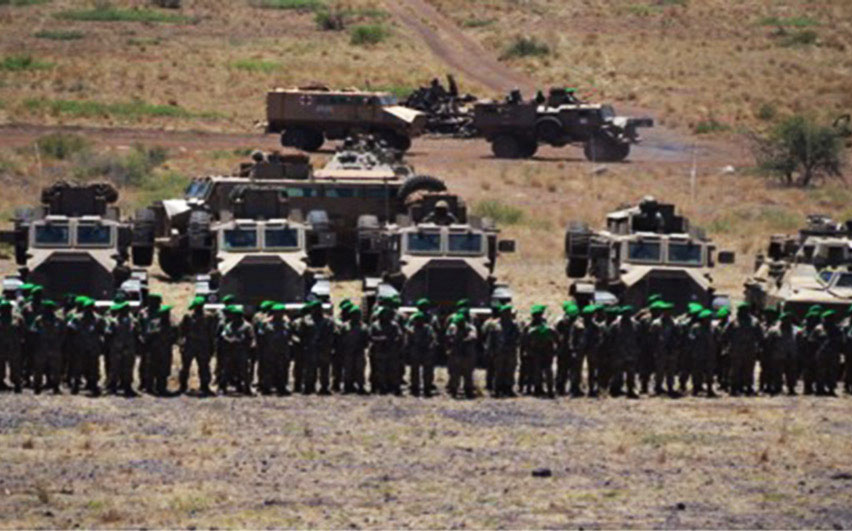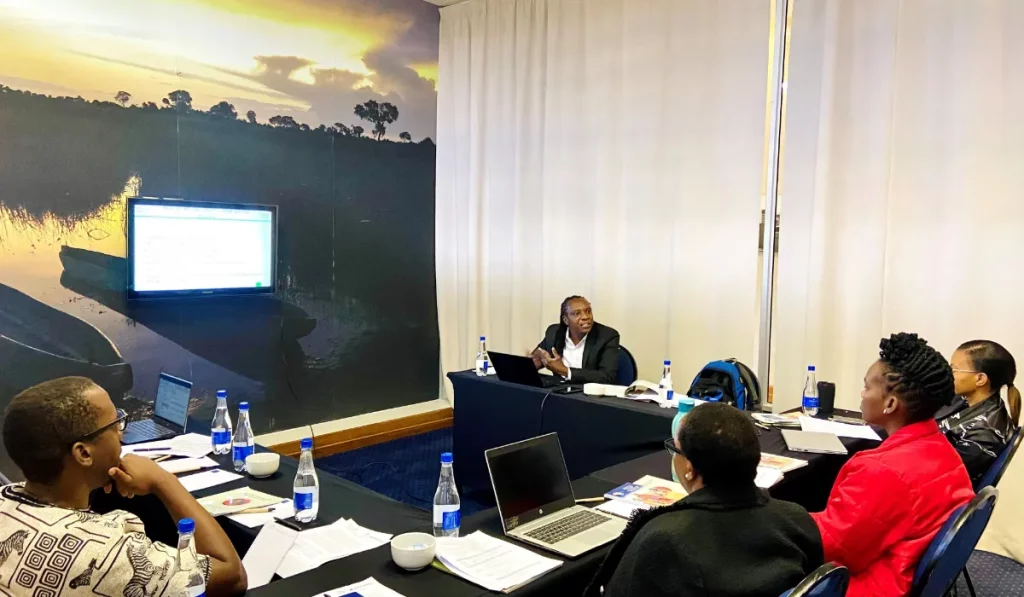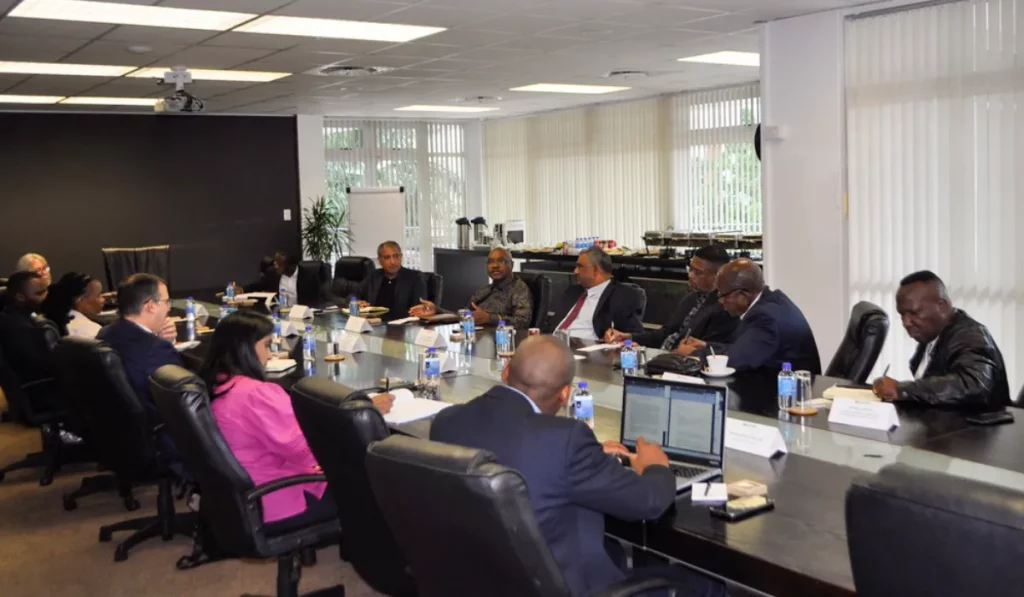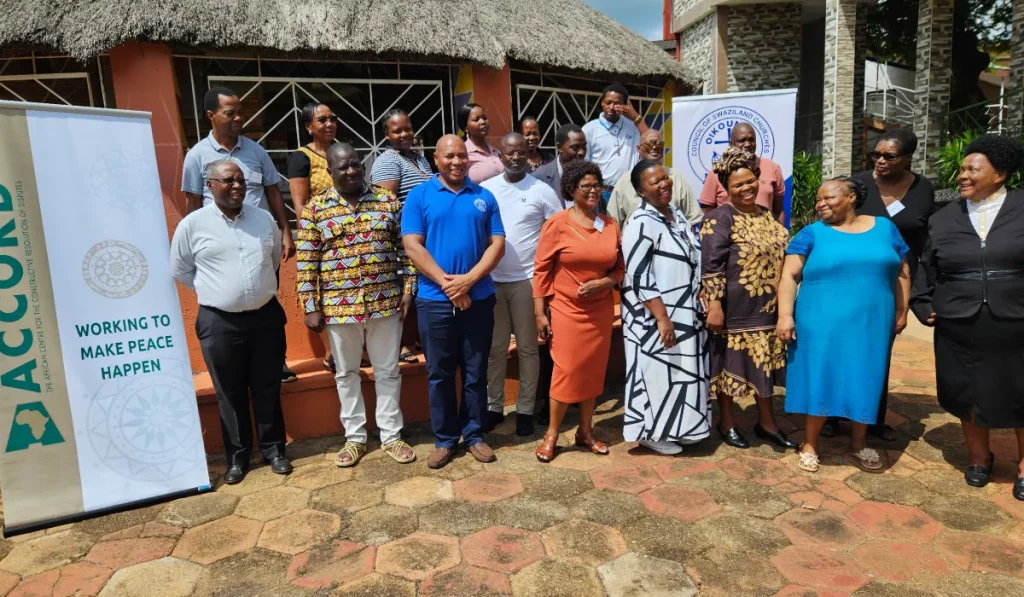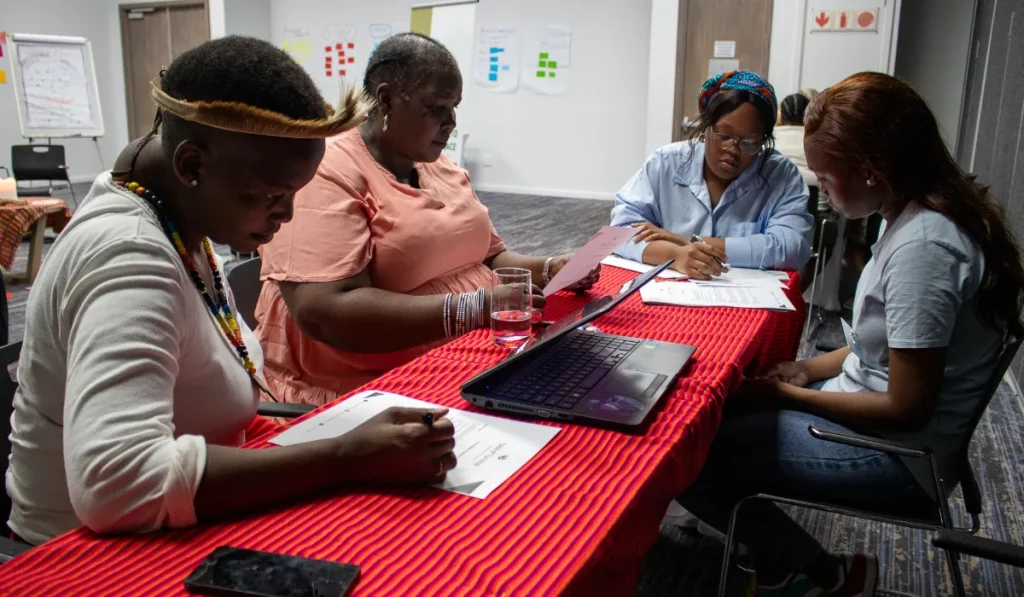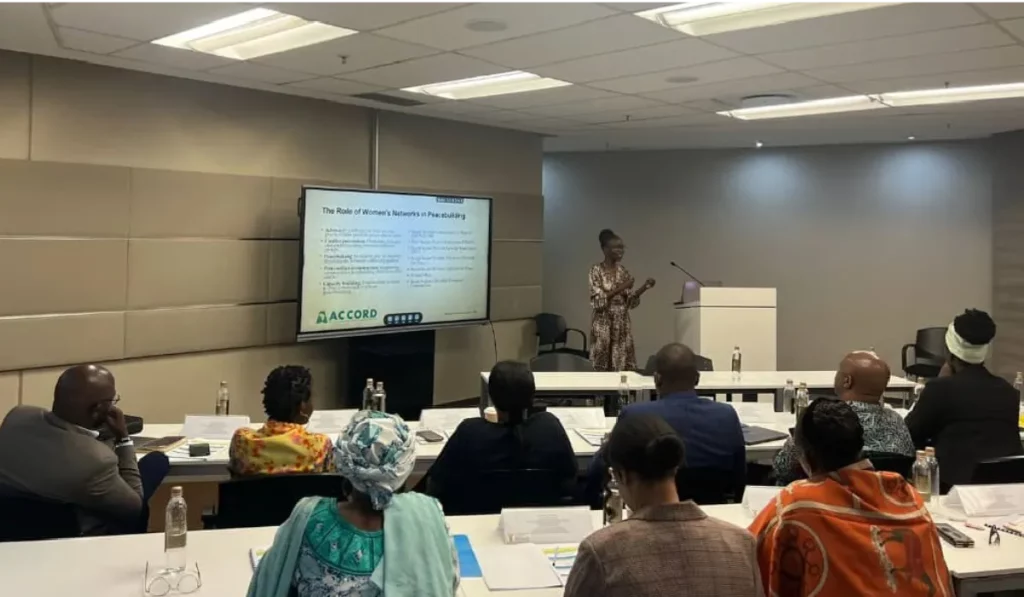More than 5 400 troops from several African countries participated in the Amani Africa II Exercise at the South Africa Army Combat Training Centre, in Lohatla, Northern Cape, South Africa from 19 October to 7 November 2015.
The objective of Amani Africa (AA) II Exercise, was to evaluate the state of readiness of the African Standby Force (ASF) to deploy anywhere on the continent. ‘Amani Africa’ is a Kiswahili phrase meaning Peace in Africa. The 25 000-strong multinational ASF is expected to be operational in early 2016. The force consists of brigades from Regional Economic Communities and Regional Mechanisms (RECs)/RMs) namely the North African Regional Capability (NARC), East African Community (EAC), Economic Community of Central African States (ECCAS), Southern African Development Community (SADC), and Economic Community of West Africa States (ECOWAS). The Force will be utilised for preventative deployment and effective peacekeeping. The participating countries in the AMANI II exercise from the RECs/RMs were Angola, Algeria, Botswana, Burundi, Democratic Republic of the Congo, Egypt, Ethiopia, Gambia, Ghana, Kenya, Lesotho, Malawi, Mozambique, Namibia, Nigeria, Rwanda, South Africa, Swaziland, Uganda, Zambia and Zimbabwe.
The Field Training Exercise (FTX) engaged the Rapid Deployment Capability (RDC) by deploying troops in line with a hypothetical scenario. The Exercise was set in a fictitious country called the Republic of Carana.
There were two parts to the scenario: The first part of the exercise was a scenario where the security situation in the Republic of Carana had deteriorated to a chaotic state that warranted an AU intervention through the necessary deployment of its RDC to stabilise the situation. The second part of the exercise which was a further scenario where the unfolding stable situation following successful RDC operations allowed for the deployment of a traditional multi-dimensional peacekeeping mission within the framework of Peace Support Operations.
ACCORD had previously participated and represented the civilian dimension of the ASF in series of training and Pre-deployment Courses that sought to build capacities in preparation for the AA II Exercise and future African-led peace support operations. Other related exercises that ACCORD has supported include the SADC Exercise Blue Crane in 1999, East Africa Standby Force Command Post Exercise (EASF CPX) in 2008, SADC Exercise Golfino (FTX) in 2009, and AMANI AFRICA I Exercise in 2010. ACCORD commends the operational readiness and capability of the ASF ahead of the proposed Full Operation Capability after the completion of the exercise.
The closing ceremony, held on 8 November 2015, was officially presided over by H.E. Mr. Jacob Zuma, the President of the Republic of South Africa. The President praised the exercise as “a historic achievement that signified Africa’s momentum in moving forward in its pursuit of peace, stability and security”. He also highlighted the truth in the adage that proclaimed the need for “African solutions to African problems”. The President further emphasised that through the just concluded exercise, Africa was demonstrating that readiness to solve its problems in the continent. The President further highlighted that the exercise demonstrated Africa was serious about issues of peace, and the continent was serious about investing in peace.
Attending the ceremony, the African Union Commissioner for Peace and Security, Ambassador Smail Chergui commended all the five Regional Economic Communities/Regional Mechanisms (RECs)/RMs for taking part in the exercise. The Commissioner announced that in a recent development, the AU had signed a Memorandum of Understanding (MoU) with Cameron after securing the site for the location of the ASF logistics depot headquarters to be in the Cameroonian city of Douala.
A team of experts was appointed to write a post AA II Exercise report in which lessons learnt, weaknesses, strengths and challenges encountered and identified during the exercise will be compiled for submission to the AU Special Technical Committee of Defence, Safety and Security. The committee will sit in January 2016 to consider the report recommendations ahead of next year’s AU summit on the state of readiness of the ASF. The Heads of State and Government will be expected to pronounce the way forward in terms of the ASF and RDC’s state of readiness to deploy in response to any challenges to African peace and security environment.
The Training for Peace Programme at ACCORD is an initiative funded by the Norwegian Ministry of Foreign Affairs.

